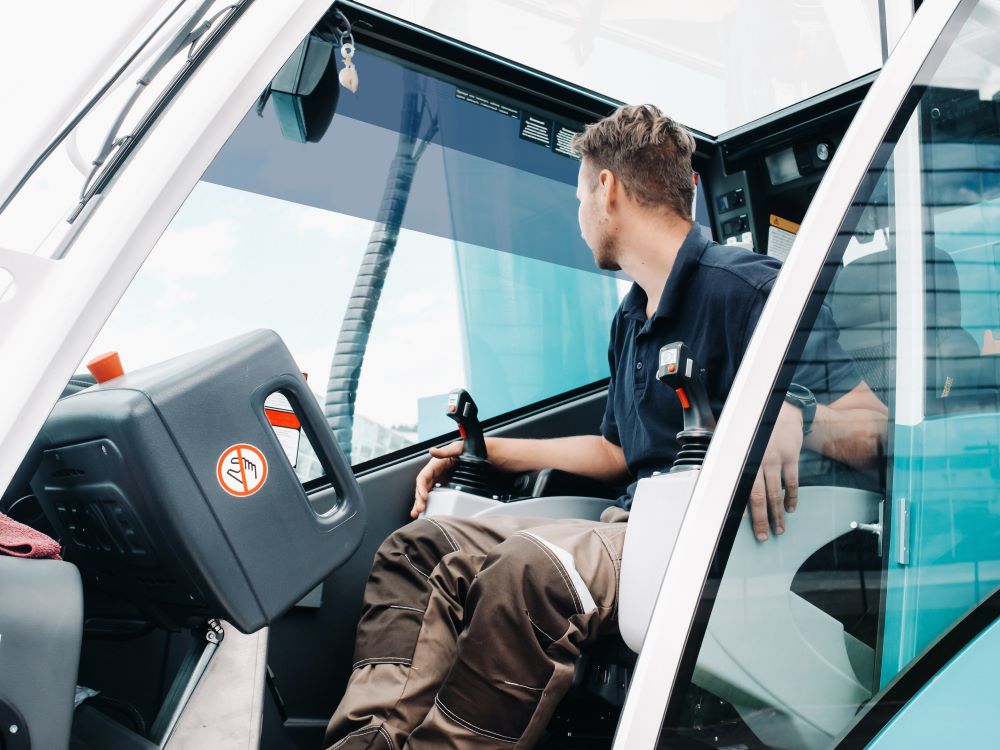Blind spots in large trucks, such as semis, pose a significant risk on the roads. These areas around trucks that drivers cannot easily see contribute to a notable number of accidents annually, including when trucks are approaching cities where this affects not only other vehicles but also vulnerable road users (VRUs) like cyclists and pedestrians. Addressing these blind spots is crucial for enhancing road safety and preventing collisions.
The Scope of the Problem
Accidents involving large trucks are a serious concern. In the United States, the Federal Motor Carrier Safety Administration (FMCSA) reports that in 2022, there were approximately 232,000 crashes involving large trucks. Of these, around 5,000 were fatal. In Europe, the European Commission highlights that in 2021, there were 5,171 fatalities in accidents involving large goods vehicles (LGVs), which is a significant portion of the total road traffic fatalities.
Blind spots are a major contributing factor to these accidents. Studies suggest that large trucks have extensive blind spots on all sides, especially on the right side where the truck driver’s view is severely restricted. According to a report by the National Highway Traffic Safety Administration (NHTSA), blind spots around large trucks are a key factor in crashes involving cars, with many of these incidents occurring when cars attempt to overtake or merge.
The Impact on Vulnerable Road Users
Vulnerable road users are particularly at risk. The European Road Safety Data (ERSO) indicates that VRUs account for around 20% of all road traffic fatalities, with a significant proportion involving large trucks. In the US, the Insurance Institute for Highway Safety (IIHS) notes that pedestrians and cyclists are disproportionately affected in accidents involving large trucks, with many fatalities occurring during turns or lane changes.
Regulatory Measures to Address Blind Spots
Both the EU and the US have implemented regulations to mitigate the risks associated with blind spots in trucks:
European Union:
– Directives on Truck Safety: The EU has introduced several regulations aimed at improving truck safety. The European Commission’s Regulation (EU) 2019/2144 mandates that all new trucks must be equipped with advanced safety features, including improved blind-spot monitoring systems and side-impact protection systems. This regulation also includes provisions for mandatory installation of advanced emergency braking systems (AEBS) and lane-keeping assist systems.
United States:
– FMCSA Regulations: In the US, the FMCSA requires trucks to have certain safety features like side underride guards and rear visibility cameras. The FMCSA has also proposed new rules to enhance truck visibility, including mandatory installation of advanced driver assistance systems (ADAS) and better mirror systems to reduce blind spots.
Both regions are continuously working to improve these regulations as technology advances and more data on truck accidents becomes available.
Enhancing Safety Through Advanced Technology
To effectively reduce accidents caused by blind spots, incorporating advanced technology is essential. One of the most promising solutions involves the use of Advanced Driver Assistance Systems (ADAS) and Camera Monitor Systems (CMS). These technologies can significantly enhance visibility and minimize the risks associated with blind spots.
Gauzy’s Smart Vision System is an example of a proven ADAS CMS specifically designed to address these challenges. By integrating advanced systems, including cameras and interior displays with AI-powered image analysis and cameras, Gauzy provides comprehensive visibility around the truck, helping drivers detect and respond to potential hazards more effectively. This system improves the safety of trucks and other road users, including vulnerable ones.

Read more about the latest announcement relating to Gauzy’s next-generation Smart-Vision®.
For more on the story and to learn more about technology related to safety for trucks, make sure to continue reading in these publications.
- Yahoo Finance – https://finance.yahoo.com/news/exclusive-gauzy-showcase-ai-powered-103116741.html
- Benzinga – https://www.benzinga.com/news/24/09/40873852/exclusive-gauzy-to-showcase-ai-powered-driver-assistance-system-for-safer-commercial-trucks
- Wards Auto : https://www.wardsauto.com/interiors-ux/removing-rear-view-mirrors-saves-lives-and-money-gauzy
References:
- [Federal Motor Carrier Safety Administration (FMCSA)](https://www.fmcsa.dot.gov/
- [National Highway Traffic Safety Administration (NHTSA)](https://www.nhtsa.gov/)
- [Insurance Institute for Highway Safety (IIHS)](https://www.iihs.org/)
- [European Road Safety Data (ERSO)](https://road-safety.transport.ec.europa.eu/european-road-safety-observatory_en)
- [Gauzy Smart Vision System](https://www.gauzy.com/adas-truck-bus-camera-monitor-systems/)









